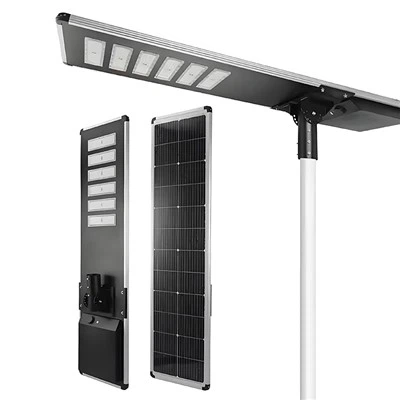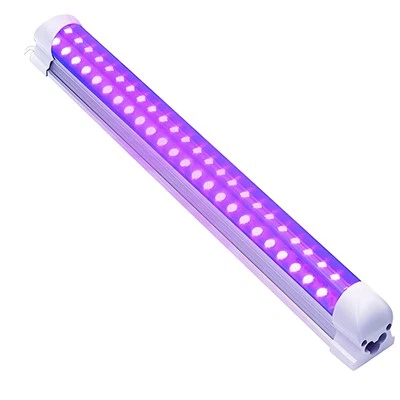Because they were the most economical and energy-efficient lights available at the time, fluorescent tubes were formerly the preferred option for offices, warehouses, and other commercial and industrial spaces. But technology continues to advance, and people continue to seek for better solutions.
Then LED technology came along. There are several reasons why LED tube lights are currently becoming more and more popular in the commercial lighting industry (and beyond).
We offer you our guide on installing LED tubes if you are thinking about getting this kind of lighting or have already decided to do so after being persuaded by the many advantages of LED lights.
What Are the LED Tube Lights?
LED tubes are very effective, reasonably priced, and multipurpose. They are more dependable since they need less maintenance and yet burn out less often, have better color rendering, and are even more economical and energy-efficient (standard T8 LED tubes are 30% more efficient than fluorescent T8 tubes). Additionally, they are compatible with the previous light fixtures, making it easy to swap out your fluorescent tubes with LED ones.
In contrast to fluorescent lighting, LED tubes don't flicker and can have a variety of color temperatures. LED lights are less costly than other tube kinds, and they may be installed with dimming capabilities. Because LEDs don't contain mercury, they are also more ecologically friendly.
LED tube lights are classified according to a "T" measurement; the larger the number, the thicker the diameter of the lamp. There are options for T5, T8, and T12 lights. "T" is precisely one-eighth of an inch, and the number that follows indicates how many eighths of an inch broad the light-or, more specifically, its bulb-is. Consequently, a T8 LED light, for instance, is precisely one inch (8/8ths).
The lower the number, the more efficient the light is with a fluorescent tube, but this isn't always the case with LEDs.
A Guide to the LED Tubes Installation
1. Switch off the electricity. It's important. If not, you run the danger of being electrocuted while working.
2. Take out the old tube. Simply detach all of the cables to complete the task when the power has been turned off. Be careful.
3. Secure the old tube. Be cautious, particularly when you interact with fluorescent bulbs, since they contain levels of mercury, which may be harmful to humans if consumed.
4. Examine the ballast. Electronic or magnetic ballasts are found in all fluorescent tubes; if you hear buzzing or notice flickering, the ballast is magnetic.
5. If the ballast is electronic, remove it. If you leave it there, it might harm your LED lights. All you have to do is unplug the cables, take out the ballast, then reattach the cables. Verify that the connection is tight and that nothing is loose or broken.
6. If the ballast is magnetic, remove it or avoid it. To facilitate installation, many LED tubes come with their own starter. To minimize any risks, it is preferable to contact a specialist if it turns out that you need to avoid the magnetic ballast.
7. Attach the new LED tube. There's no need to hurry while attaching it to the fixture; take your time. Doing everything correctly and taking your time is preferable. The fitting wires must match the live and neutral connections on each LED tube. Rewiring will need an expert if there is a short circuit (both links at one end).
8. Verify that you have followed every step. Make sure everything is connected correctly and that you followed the instructions before proceeding.
9. Activate the electricity. Check to see whether it works as intended. Although you may be used to the tubes buzzing and flickering, LED tubes shouldn't do that. Repeat each step or contact a professional if you see or hear it.
10. Dispose of the outdated tubes properly. You can't simply dump the tube in the trash, especially when it comes to fluorescent lights, which contain mercury. Look for recycling services that handle this kind of rubbish in your community. You may dispose of the LED tubes in your usual trash, however recycling is a more environmentally responsible option.
Final Thoughts
LED tubes provide many benefits, including lower maintenance costs, longer-term cost savings, enhanced color, and more environmental and financial benefits. Because LED tubes are also quite adaptable, you can be confident that you will find lights that meet your demands and that you won't have to worry about maintenance (at least not as often as with a fluorescent tube).







